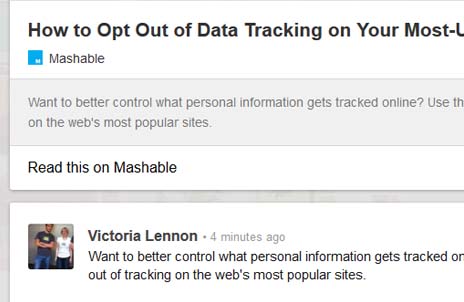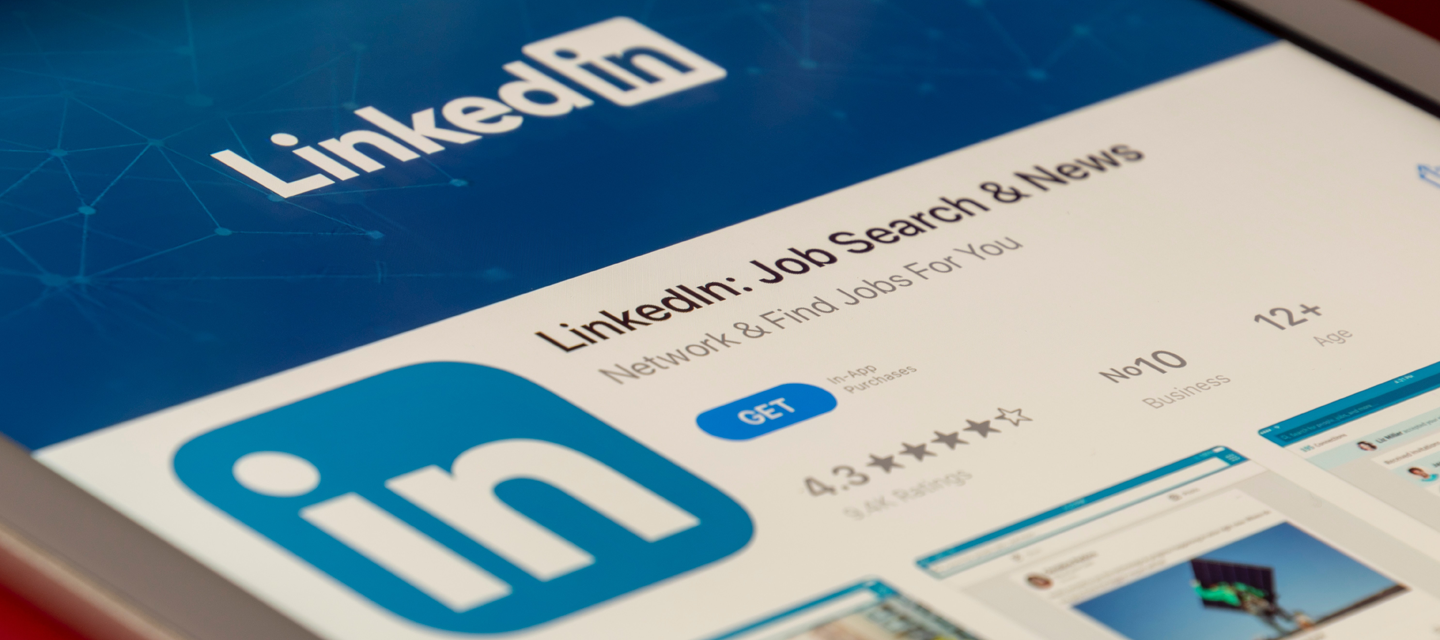Five ways B2B can use Pinterest
Pinterest is the fastest growing social network and with its recent launch in Japan, becoming a key global social media …

Pinterest is the fastest growing social network and with its recent launch in Japan, becoming a key global social media player. The website is perfect for B2C companies with products and services to sell (especially good looking ones) but like many social media websites, harnessing its power for B2B companies is more challenging.
We’ve previously written about why you should be on Pinterest, and with more referral traffic being driven from Pinterest that Google+, LinkedIn and YouTube combined, it would be short-sighted for B2B companies to ignore or think that it can’t work for them. Pinterest recognises the importance of content beyond just images. It recently hired the San Francisco Chronicle President to drive better content partnerships and introduced expanded article pins to give written content more prominence.
B2B should be sharing content on Pinterest and using it to create a positive brand experience and attract new employees. Here are five ways you can do this.
EXPANDED ARTICLE PINS
Over the past few months Pinterest have announced a number of new features. Two of the most important have been the introduction of adverts and expanded article pins.
The new article pins now show the headline, author, short description of the article and a “Read this on…” call to action. Providing more information not only makes the accompanying image more compelling, but it also helps the reader understand what content lies behind the image and saves them from clicking on irrelevant articles.
This is ideal for B2B as it gives more importance to content and encourages clicking through – the image is there to catch the eye of the user.
To implement this on your website, check out the Pinterest development pages.
PROMOTED PINS
Pinterest are currently testing this and it will work in a similar way to the promoted content you see on other social networks. This is an inevitable step for Pinterest as it must monetise itself somehow.
The promoted pins will have a special label and Pinterest promises that they will be tasteful, transparent, relevant and developed through feedback.
This type of advertising helps you reach a wider audience. If your content is engaging then you stand to win more followers and traffic to your website.
If your content is engaging then you stand to win more followers and traffic to your website.
YOUR KNOWLEDGE
Social media is peer-to-peer and only really successful when people share.
Start by finding the content on Pinterest. Chances are the people you listen to and follow are getting on Pinterest too, or you start pinning their content onto your boards. Boards can act as knowledge hubs and make it easy for users to find a lot of relevant information in one place. It’s arguably harder for them to do this through other social networks as it relies on reviewing lots of status updates.
VALUES AND CSR
Use the boards to reflect what matters to your company. If you are running CSR initiatives then create a compelling board that shows the work you are doing, reflecting the wider issues.
Many companies develop values, which then sit on a website or intranet. This is content that can be presented visually. If your value is honesty, what does this mean to the company? A more visual medium can help convey it and also give prospective employees greater understanding of how they could uphold these values if they worked for you.
WORK CULTURE
Creating boards about what it is like to work at your company can create a positive impression and show prospective employees what is behind the interview room.
Show a human side to the company.
Images shouldn’t be limited to “official” photographs. If people are taking pictures at work events, ask them to contribute to the board (tasteful ones only of course!). The images will be more interesting and can also show a human side to the company.
B2B should not be afraid of showing less formal images. If the only images you have are well-shot professional photographs then it could leave the impression of a stiff and controlling organisation. Your boards should allow the company’s personality and the people that work for it to come through. This will say more than words.
More insights from the team

